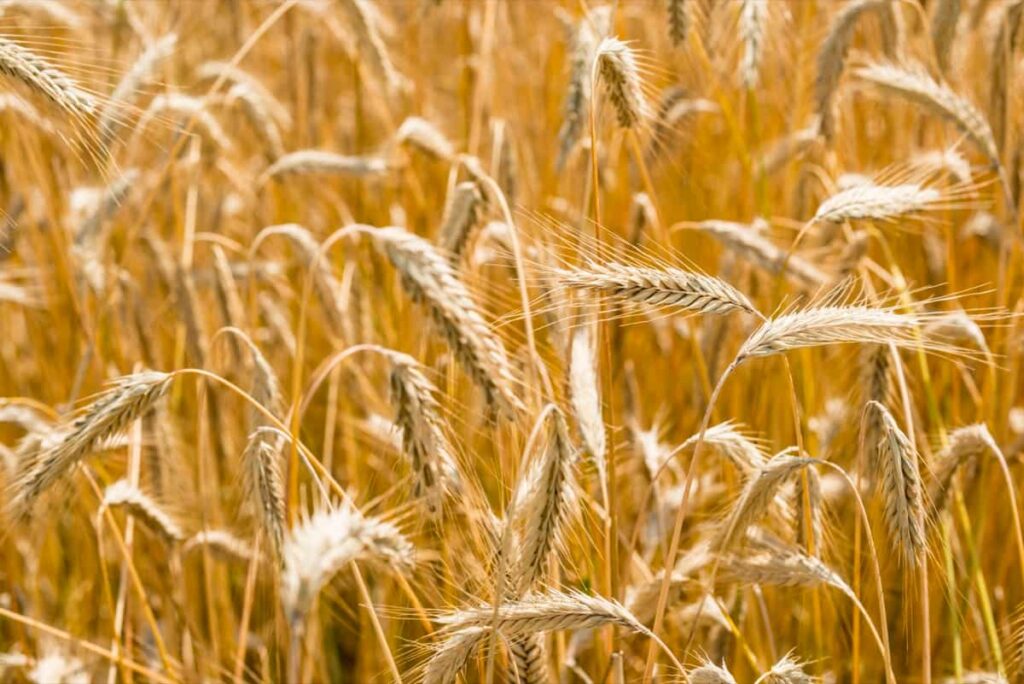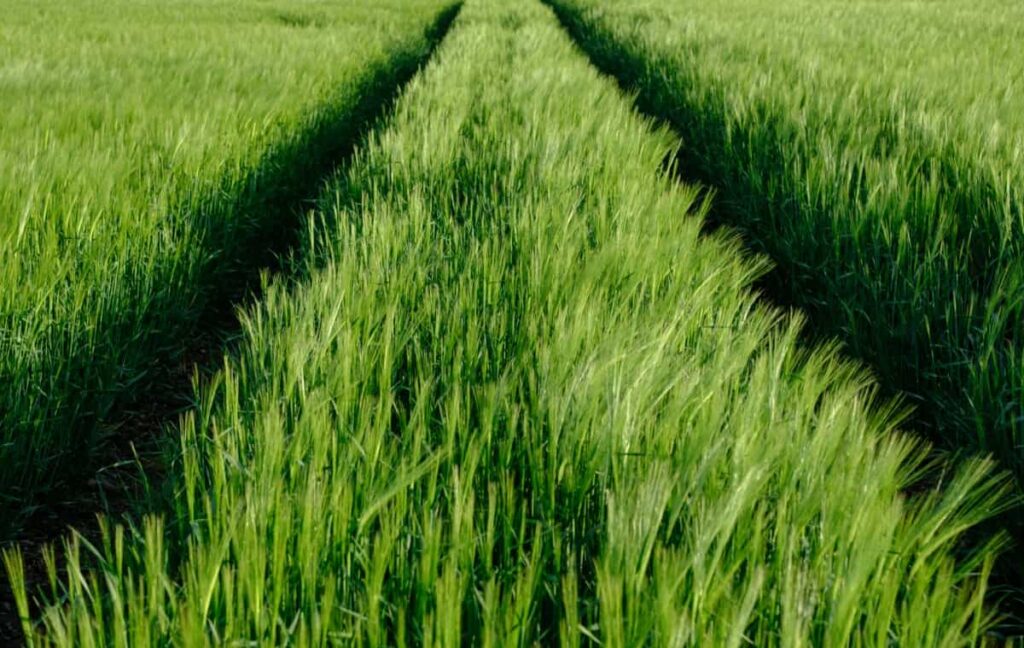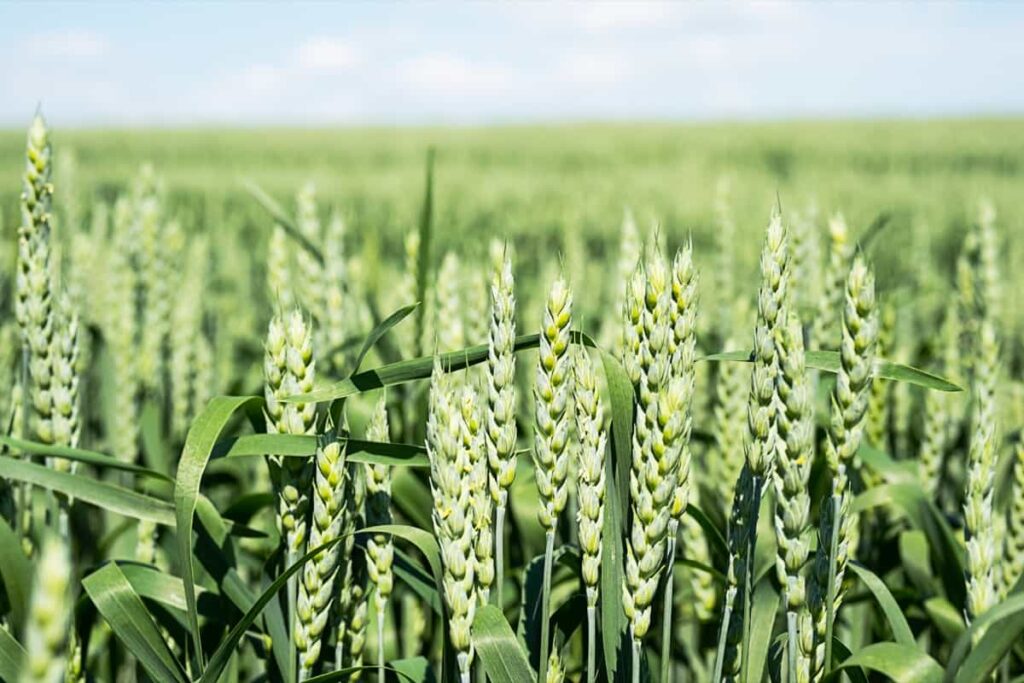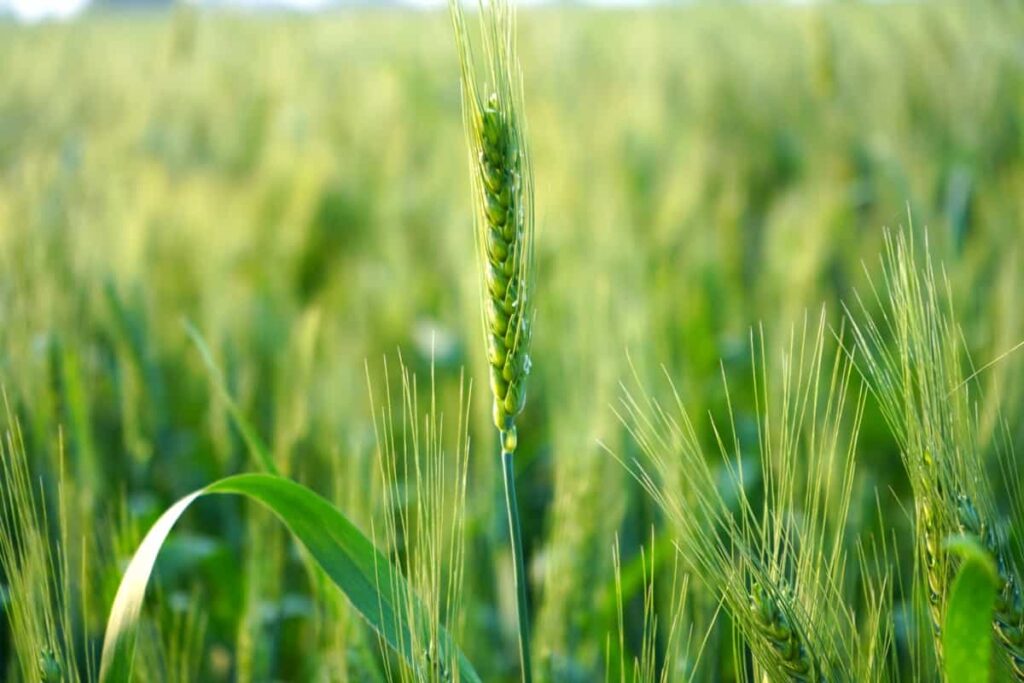“Wheat Cultivation Cost Per Acre in India” delves into the varying production expenses across states. This comprehensive guide offers insights into average costs, blending precise data with straightforward analysis, which is crucial for farmers and stakeholders in Indian agriculture.

Wheat Cultivation Cost Per Acre
Overview of Wheat Cultivation in India
India’s agriculture depends extensively on wheat farming, which comes in second in terms of production only to rice. Due to the country’s varied climate, wheat may be grown in many different areas. The main states that cultivate wheat are Uttar Pradesh, Punjab, Haryana, and Madhya Pradesh. Rabi season (winter) is when wheat is cultivated most often; planting takes place in October and December, and harvesting takes place in March and May.
The Green Revolution brought high-yield cultivars and new farming techniques, which greatly increased wheat output in India. Due to geographical variations in temperature, irrigation infrastructure, and soil type, the nation’s wheat output varies. Variable weather patterns, insect infestations, and the need for sustainable agricultural methods to guarantee long-term output are some of the difficulties India confronts in its wheat growing.
Land Preparation Costs for Wheat Cultivation
Land preparation is an important step for wheat cultivation in India. It involves ploughing, leveling, and fertilizing the soil to make it suitable for sowing seeds. Land preparation costs depend on various factors, such as the size of the land, the type of soil, the availability of machinery, and the quality of seeds. Here are some estimates of land preparation costs for wheat cultivation in India.
- Ploughing: This is the process of turning and loosening the soil to improve its aeration and drainage. Ploughing can be done manually or with a tractor. The cost of ploughing varies from Rs. 500 to Rs. 1500 per acre, depending on the method and the number of times it is done.
- Leveling: This is the process of making the soil surface even and smooth to ensure a uniform distribution of water and nutrients. Leveling can be done manually or with a laser leveler. The cost of leveling ranges from Rs. 200 to Rs. 500 per acre, depending on the method and the degree of leveling required.
Cost of Seed and Planting Material
Wheat is one of the most important cereal crops in India. It is grown in different agro-climatic zones, from the plains to the hills. Wheat cultivation requires good quality seeds and planting materials to ensure high yield and quality. The cost of seed and planting material for wheat cultivation depends on various factors, such as the variety, the source, the availability, and the demand.
According to some sources, the average cost of seed and planting material for wheat cultivation in India is around Rs. 1,400 per hectare. This includes the cost of seed (Rs. 1,200), chemicals for seed treatment (Rs. 200), and other inputs. However, the cost may vary depending on the region, the season, and the market conditions. For example, in some states like Uttar Pradesh, Punjab, and Haryana, where wheat is a major crop, the cost of seed and planting material may be lower than in other states.
In case you missed it: 10 Best Automatic Drip Irrigation Kits for Home Gardens with Cost in India

Fertilizer and Nutrient Management Costs
The cost of fertilizer and nutrient management is a major component of the total cost of wheat cultivation, which varies depending on the type, quantity, and timing of fertilizer application, as well as the soil fertility status and crop management practices. According to a study, the average cost of fertilizer and nutrient management for wheat cultivation in India was Rs. 10,590 per hectare, which accounted for 28% of the total cost of cultivation. The study also found that the average fertilizer use efficiency for wheat was 23.6 kg grain per kg NPK applied, which was lower than the potential efficiency of 40 kg grain per kg NPK.
Irrigation Costs for Wheat Cultivation
According to a report, the average cost of irrigation per hectare for wheat crops in India was Rs. 3,823. This accounted for about 12% of the total cost of cultivation per hectare, which was Rs. 31,614. The irrigation cost varied across different states, depending on the sources and prices of water. For example, the irrigation cost was highest in Punjab (Rs. 7,636), followed by Haryana (Rs. 6,293) and Uttar Pradesh (Rs. 4,881), while it was lowest in Madhya Pradesh (Rs. 1,443), Rajasthan (Rs. 1,457) and Bihar (Rs. 1,542).
Costs Associated with Pest and Disease Management
The costs associated with pest and disease management in wheat cultivation depend on various factors such as the type and severity of the infestation, the stage of crop growth, the availability and affordability of inputs, the adoption of preventive and curative measures, and the environmental conditions. The average cost of pest and disease management per hectare of wheat was Rs 1,027, which accounted for 6.4% of the total cost of cultivation. The major components of this cost were insecticides (Rs 507), fungicides (Rs 358), labor (Rs 112), and machinery (Rs 50).
Labor Costs in Wheat Cultivation
Labor costs accounted for 21.37% of the total cost of wheat production in India, making it the largest cost component. The labor costs include the wages paid for various operations such as land preparation, sowing, weeding, irrigation, harvesting, threshing, and marketing. The labor costs may vary greatly depending on the size of the field, the type of wheat variety, the amount of equipment used, and the availability of labor.
The study also found that labor costs increased by 13% annually during the same period, mainly due to rising wages and labor scarcity. The wage rate for agricultural labor increased from Rs. 80 per day to Rs. 250 per day, reflecting the growing demand for labor in other sectors and the implementation of rural employment schemes such as MGNREGA. The labor scarcity also resulted from factors such as urbanization, migration, education, and social changes.
In case you missed it: Cotton Cultivation Cost Per Acre in India: Exploring State-wise Average Production Cost

Machinery and Equipment Costs
| Machinery/Equipment | Cost Range (in Rs) |
| Tractor | 3,00,000 – 15,00,000 |
| Plough | 10,000 – 50,000 |
| Harrow | 5,000 – 20,000 |
| Leveler | 2,000 – 10,000 |
| Fertilizer Spreader | 5,000 – 25,000 |
| Seed Drill | 15,000 – 50,000 |
| Planter | 25,000 – 1,00,000 |
| Pump Set | 10,000 – 50,000 |
| Sprinkler System | 20,000 – 1,00,000 |
| Combine Harvester | 10,00,000 – 25,00,000 |
| Reaper-Thresher | 1,00,000 – 5,00,000 |
Post-Harvest Handling and Transportation Costs
Post-harvest handling and transportation costs are an important factor in determining the profitability of wheat cultivation. These costs include the expenses incurred for harvesting, threshing, cleaning, drying, storing, and transporting the wheat from the farm to the market or processing unit.
The average post-harvest handling and transportation cost for wheat in India was Rs 1,260 per quintal. This accounted for about 18% of the total cost of cultivation of wheat. The major components of post-harvest handling and transportation costs were harvesting (Rs 450 per quintal), threshing (Rs 300 per quintal), cleaning (Rs 100 per quintal), drying (Rs 50 per quintal), storage (Rs 150 per quintal), and transportation (Rs 210 per quintal).
State-wise Wheat Cultivation Cost Per Acre
| State | Average Cost Per Acre (Rs) |
| Punjab | 20,509 |
| Haryana | 6,007 |
| Uttar Pradesh | 10,695 |
| Madhya Pradesh | 8,508 |
| Rajasthan | 9,062 |
| Bihar | 8,775 |
| Gujarat | 9,547 |
| Maharashtra | 8,973 |
| Karnataka | 3,623 |
| Andhra Pradesh | 23,775 |
| Jharkhand | 503 |
Frequently Asked Questions (FAQ) on Wheat Cultivation Cost
What Role Does Weather Play in The Cost of Wheat Cultivation?
Weather conditions greatly impact costs, especially for irrigation and pest control. Unfavorable weather can increase the need for these, thus raising the overall cost.
In case you missed it: A Comprehensive Study of Cost of Cultivation of Crops in India

Can Technological Advancements Reduce the Cost of Wheat Cultivation?
Yes, advancements in agricultural technology, like improved seed varieties, precision farming, and better irrigation systems, can significantly reduce costs and increase yields.
Conclusion
In India, the cost of wheat cultivation per acre varies by state, reflecting differing labor, inputs, and land prices. A detailed examination reveals significant regional variations in expenses, emphasizing the need for tailored agricultural strategies to optimize production efficiency and cost-effectiveness.
- Profitable Village Farming Business Ideas in 2024
- High-Yield Aquaculture: Fast-Growing Fish for Farming
- Effective Fish Pond Construction Techniques for Beginners
- Irrigation and Water Management in Pineapple Farming
- Blossom to Harvest: Mastering Flowering and Pollination in Papaya Farming
- Pig Fattening Essentials: From Selection to Sale for Beginners
- Raising Wagyu Cattle: A Complete Guide for Premium Beef Production
- Soil Types and Their Water Holding Capacity
- Optimizing Irrigation Schedules for Coconut Groves for Enhanced Yield
